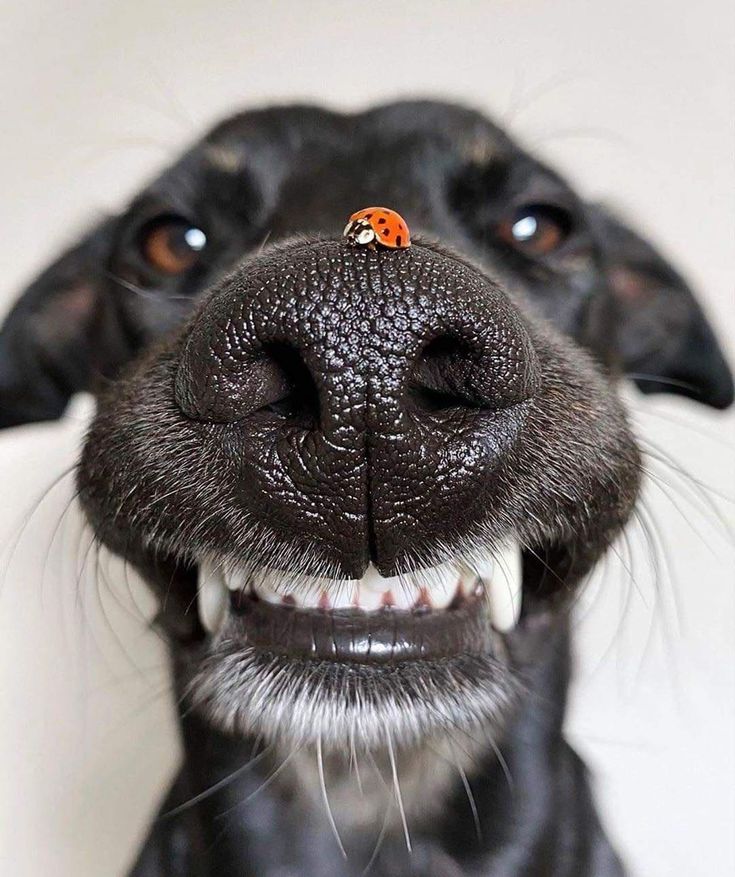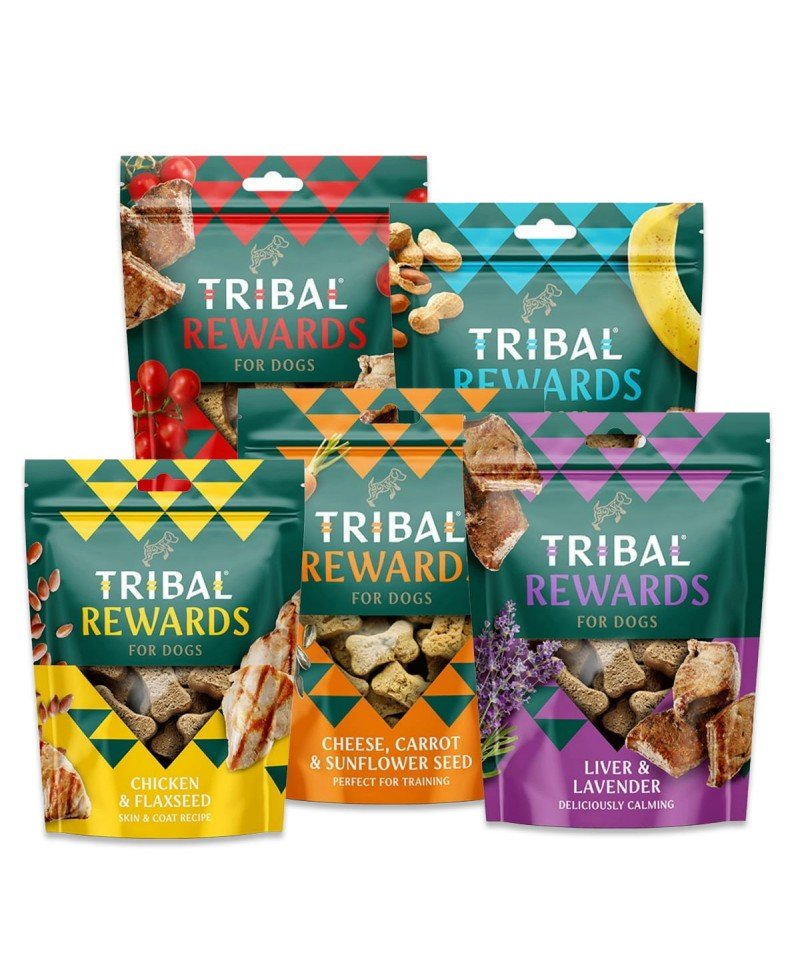Doggy Dental Care!
From little nippers to big old chompers, our dog’s teeth, like ours, are a hugely important part of everyday life. That’s why dental maintenance and care is so essential for our doggos. Equally important it I believe mindful of the types of treats we give them. Some treats are specially designed to help clean and maintain healthy teeth and freshen breath, while others can actually potentially cause sore gums or bad breath.
But sweet-smelling breath is not the main reason we need to monitor our pup’s mouth, as the soft tissues can help to indicate certain other health problems that may not be immediately obvious.
Approximately 80% of dogs will develop some form of periodontal disease by the young age of two! Studies show that dental disease is one of the most common issues reported to vets. It is also one of the most expensive problems to rectify so keep up to date with those vet appointments to avoid being bitten (pun intended!) with a hefty bill!
In order to understand precisely how best to care for your dog’s oral health, we need to look at how their mouths and teeth actually develop and what can lead to problems down the line.
Just like people, dogs go through two sets of teeth in their life, with their puppy teeth (also called milk teeth or deciduous teeth) coming through at about five to six weeks of age. These baby teeth begin to fall out at about 12-16 weeks old as their adult teeth move into position.
This is why you may spot the rare bit of blood on chew toys or notice a lost tooth after playing with a tug rope. Like babies teething, this period of time can be a little uncomfortable for dogs so it is important to give them treats that are fun to chew and will encourage loose teeth to fall out. Be wary if giving the likes of bones as fragments can sometimes break off or become embedded in the guns. Never give cooked bones as these can splinter and cause choking. It is better to stick to treats designed specifically for hefty chewing.
We are big fans of the Fish4Dogs Sea Jerky range which not only allows for a good satisfying chew, but is packed full of vitamins, protein and fishy oils, essential for good coat and gut health!
Some dogs may prefer a softer option if their mouths are a bit sensitive, and for those pups, we recommend the VetIQ Breath and Dental treats which have a crispy shell and a soft, creamy edible toothpaste filling, helping to keep your dog’s mouth fresh and smelling good!
Adult dogs have more teeth than puppies, with puppies having about 28 milk teeth that shed to make way for their adult teeth. Adult dogs have 42 teeth! Adult teeth form in utero, hidden in the gums. When a baby tooth is lost, the adult tooth erupts into position to fill the gap where the baby tooth was. This can differ in certain breeds, for example, ChowChows have an extra set of molars, giving them a whopping 44 teeth in total!
The most prominent teeth are the canines, which are long and pointy. These are used for grasping, lifting, pulling and sometimes even for defence. Contrary to popular belief, the canines are NOT primarily used to tear meat apart. That job belongs to the large carnassial teeth which are further back in the mouth. These teeth are designed to slot and shear against each other to provide a slicing action. Humans can use their molars to crush and grind food, whereas dogs cannot mash their food to the same degree.
This is why you may need to mush up wet food or soak dry food for your dog as they get older and begin to lose their final set of teeth as they may struggle to chew.
Dogs rarely get cavities in their teeth as they are usually caused by bacteria that primarily live on flat surfaces of teeth. These bacteria convert sugars to acid that can eat away at tooth enamel, which can expose the tooth pulp and cause pain and discomfort. Dogs don’t consume as much sugar as people, but they ARE still susceptible to cavities if they are regularly fed foods that are high in sugars, such as banana, apple and sweet potato. These are healthy treats and perfectly safe to give your dog, but only in moderation and as part of a healthy diet.
Signs of dental issues can include bad breath, plaque, bleeding or red gums, a reluctance to eat or drink due to sensitivity, excessive drooling and rubbing their face off the ground or pawing at their face and mouth.
Prevention is better than cure as dental work and repair usually requires dogs to be put under anaesthesia which carries certain risks. You can help to keep your pup’s teeth healthy by brushing them! Just like people, daily cleaning is the best way to prevent a build-up of bacteria and can help to reduce plaque. We recommend a finger toothbrush, such as this Beaphar one which simply slips over your finger to allow for close, gentle cleaning. Although you can do this after meals with just the toothbrush, to remove debris, we do advise pairing it with the fantastic DentiFresh dog toothpaste which fights plaque and freshens breath.
Regular vet cleanings are a must, especially with regards to brachycephalic breeds such as Pugs and Bulldogs, who are more prone to developing periodontal disease. This is usually because of overcrowding of the mouth, also called crowded dentition and is caused when teeth erupt too close to each other, or grow in a rotated position, leading to crooked, twisted teeth. This crookedness can cause food debris to get caught in little pockets, leading to decay.
It is advised that you monitor your dog’s mouth and check it daily as it can sometimes give clues about underlying conditions. For example, inflamed gums can be an indicator of diabetes or certain cancers. Therefore it is extremely important to keep up to date with all vet checkups and cleanings.
Simply by keeping an eye on your dog’s mouth, eating pattern and minding what treats you give them can all help to lead to healthier teeth, gums and an overall happier dog! Just make sure you cut down on the sweet treats!
– by Peigí Conneff



